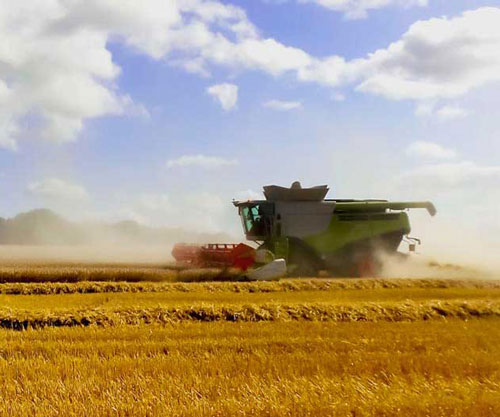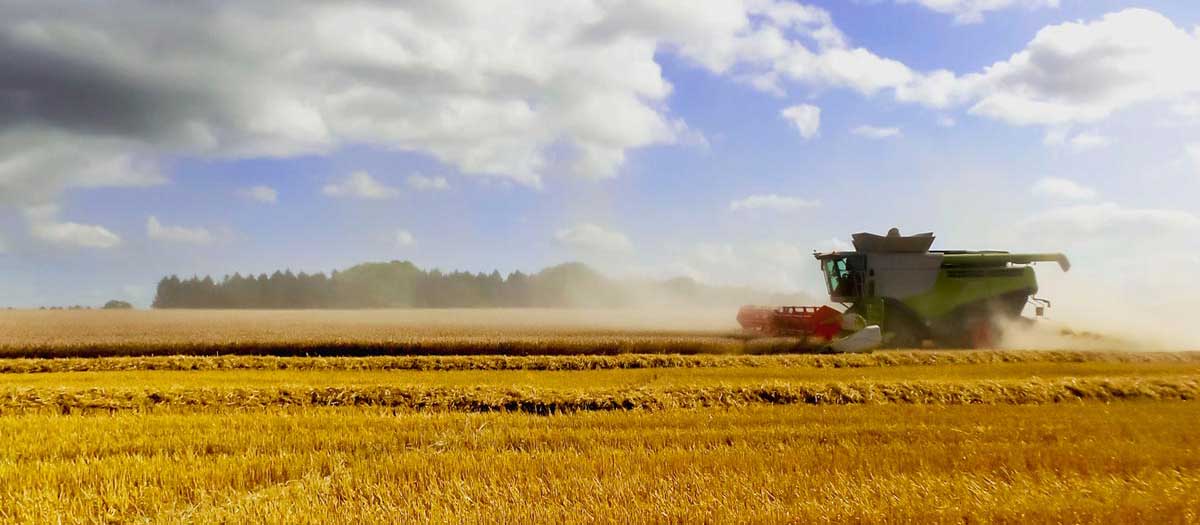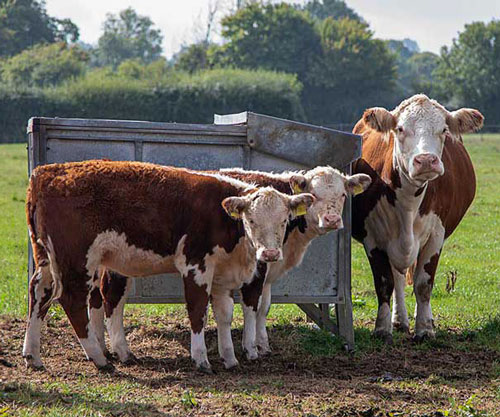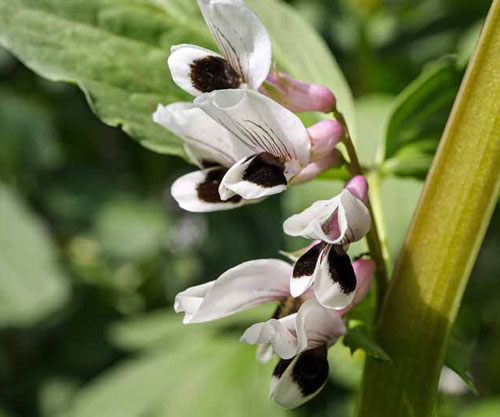Arable
19 March: Site maintenance at 16:00 GMT today - if you are logged in at this time you will be logged out briefly.

Arable farming
Arable farming

Cereal crops such as wheat, barley and oats cover most (71%) of arable land. Other popular crops include carrots, potatoes, maize and beans.
Protecting and maintaining the health of soil is important for growing crops. Healthier soils mean healthier food and a landscape that's more resilient to floods and droughts. Regenerative farming is also helping to ensure that carbon, which is naturally stored in soil, stays there.
Environmental goals
When not growing crops for harvest, many farmers plant cover crops. These can improve soil fertility, prevent soil erosion and boost biodiversity on-farm. New policies are being introduced to ensure food production helps meet environmental goals.
Arable farms also need people with the skills to operate new technology. These developments can boost efficiencies while producing crops which have less environmental impact.
Drones scan fields for crop disease and weeds, pinpointing areas which need attention. This ensures precious resources, such as chemicals and water, are used more efficiently. Robots are also being designed to revolutionise the harvesting of all crops.
Encouraging wildlife
Many farms are reducing their fertiliser and pesticide use by switching to more natural methods, such as green manure. Some help wildlife by planting hedgerows, protecting trees and allowing areas to grow wild. These can provide a habitat for the pollinators that are vital to the crops.
Some farms are starting to grow crops to be used as natural forms of insulation or for energy production. Agrivoltaics is another new form of farming. This focuses on growing crops around solar panels on farmland.
Click through the graphic below to get a better idea of the typical tasks and responsibilities involved in working with arable throughout the year.
Find out more about other sectors in farming and growing in England.

